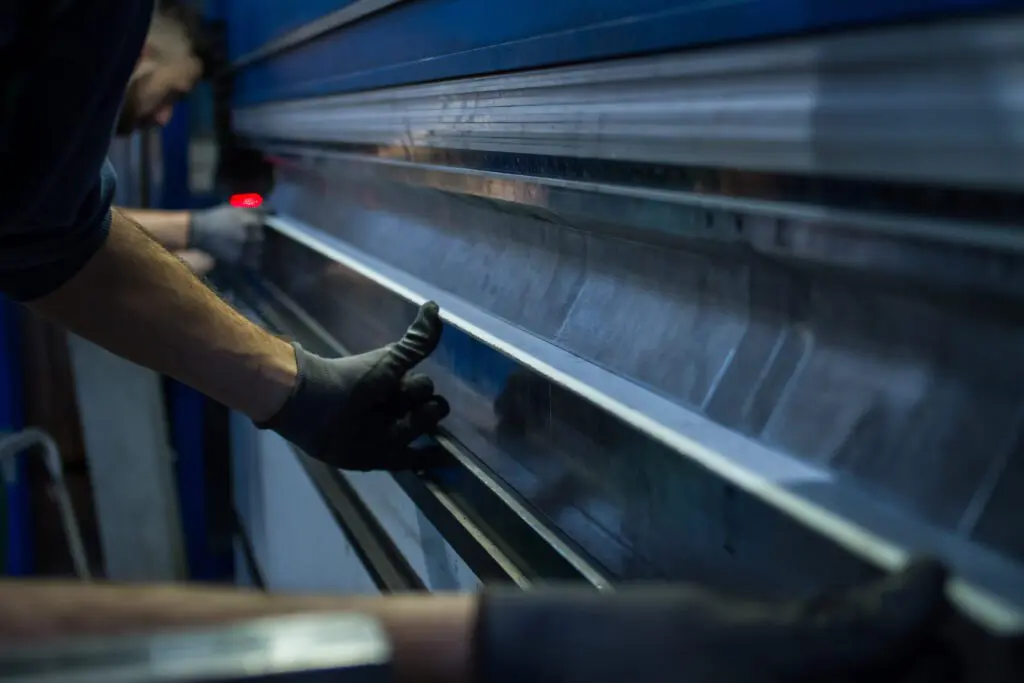Introduction to Steel Plate Fabrication
Steel plate fabrication is a cornerstone of modern manufacturing and construction. This process involves cutting, shaping, and assembling steel plates into various structures and components. The versatility and strength of steel make it an essential material across numerous industries, from construction and automotive to shipbuilding and heavy machinery. Understanding the intricacies of steel plate fabrication can provide valuable insights into its applications and benefits.
The Steel Plate Fabrication Process
The steel plate fabrication process encompasses several steps, each critical to achieving the desired specifications and quality. Here’s a detailed look at each stage:
- Design and Planning: The process begins with detailed design and planning, where engineers create blueprints and 3D models of the final product. This stage is crucial for ensuring precision and efficiency in subsequent steps.
- Material Selection: Selecting the right type and grade of steel plate is vital. Factors such as tensile strength, thickness, and corrosion resistance are considered based on the application requirements.
- Cutting: Cutting the steel plates to the required dimensions is typically done using techniques such as plasma cutting, laser cutting, or oxy-fuel cutting. Each method offers different levels of precision and efficiency.
- Forming and Bending: The cut steel plates are then formed and bent into the desired shapes using press brakes, rollers, and other machinery. This step is essential for creating complex geometries and structural components.
- Welding: Welding is used to join steel plates together, forming a single, cohesive structure. Various welding techniques, such as MIG, TIG, and arc welding, are employed depending on the project’s specifications.
- Machining: For applications requiring precise dimensions and finishes, machining processes like milling, drilling, and grinding are performed. These ensure the final product meets exacting standards.
- Finishing and Assembly: The final stages involve surface finishing, such as painting or galvanizing, to enhance durability and appearance. The fabricated components are then assembled into the final structure or product.
Common Applications of Fabricated Steel Plates
Fabricated steel plates find applications in a wide range of industries due to their strength, durability, and versatility. Some common uses include:
- Construction: Steel plates are integral to the construction of buildings, bridges, and other infrastructure, providing essential structural support.
- Automotive: In the automotive industry, steel plates are used to manufacture chassis, body panels, and other critical components.
- Shipbuilding: The shipbuilding industry relies heavily on fabricated steel plates for hulls, decks, and other structural elements of ships and submarines.
- Heavy Machinery: Fabricated steel plates are used in the production of heavy machinery and equipment, including cranes, excavators, and industrial presses.
- Oil and Gas: The oil and gas sector utilizes steel plates for the construction of pipelines, storage tanks, and offshore platforms, where durability and resistance to harsh environments are paramount.
Benefits and Advantages of Using Fabricated Steel Plates
Steel plate fabrication offers numerous benefits, making it a preferred choice in various industries:
- Strength and Durability: Steel plates provide exceptional strength and durability, ensuring long-lasting performance even in demanding conditions.
- Versatility: The ability to cut, shape, and weld steel plates into virtually any form makes them highly versatile for a wide range of applications.
- Cost-Effectiveness: Despite their high strength, steel plates are relatively cost-effective, providing a favorable balance between performance and cost.
- Corrosion Resistance: Many steel plates are treated or alloyed to resist corrosion, extending their lifespan and reducing maintenance needs.
- Recyclability: Steel is highly recyclable, making it an environmentally friendly choice that contributes to sustainability efforts.
Conclusion
In conclusion, steel plate fabrication is a fundamental process in modern industry, enabling the creation of robust, reliable, and versatile components and structures. Its importance spans numerous sectors, including construction, automotive, shipbuilding, heavy machinery, and oil and gas. By leveraging advanced techniques and high-quality materials, steel plate fabrication continues to drive innovation and efficiency across the industrial landscape. Understanding this process and its benefits highlights the pivotal role steel plates play in building a resilient and sustainable future.
